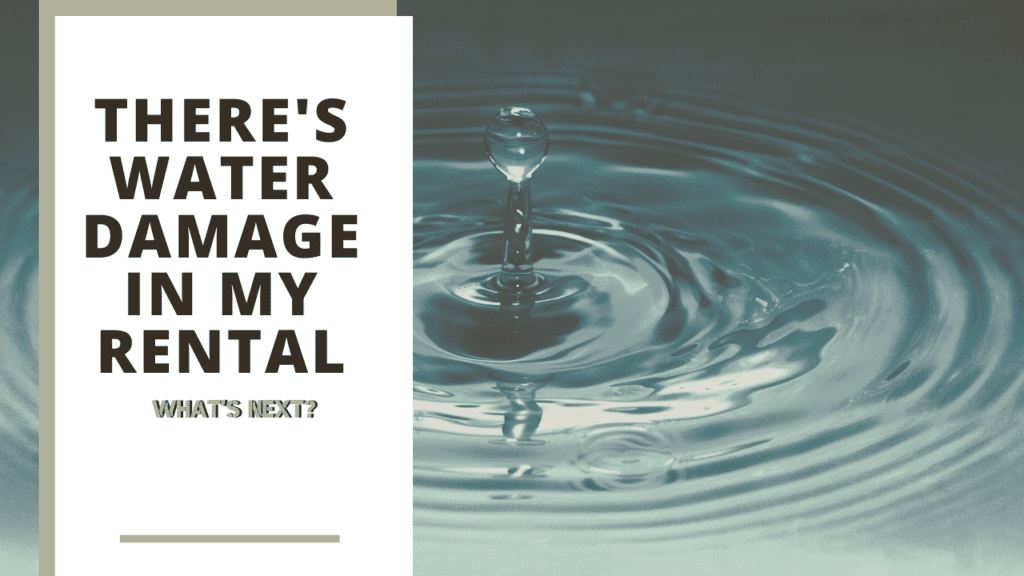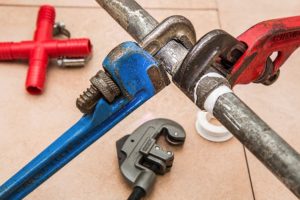
Water damage can happen in your rental property in several ways. You could have an undetected leak that has been getting worse for weeks or months, there could be a sudden incident such as a water heater rupture or a burst pipe, or your property could suffer from sudden damage from rain or some other type of weather event. Deteriorated roofs and window seals are a common issue that typically are only apparent during our worst winter rainstorms.
Whatever caused the problem, you need to stop and repair the damage as quickly as possible. Today, we’re discussing how to manage water intrusions to protect your property and keep the inconvenience to your tenants at a minimum.
Stopping the Water Damage at Its Source
The first thing you need to do when a tenant reports water damage or you notice water damage is to stop any additional damage. If your tenant calls, walk them through the process of turning the water off. Call a plumber out to the property to take care of mitigating the damage. Disconnect any electronics that may be affected by the water and could cause an electrical problem. Remove any property that’s damaged and decide whether your tenants can continue living in the property with the water damage. If there’s just one area that’s affected, they probably don’t need to be relocated to temporary housing. If the whole house is a disaster zone, get them out as quickly and safely as possible. Once you stop the leak or the incoming flow of water, you can begin to repair the damage.
Remove the Water from the Property
You can begin cleaning the water up yourself with buckets, towels, and large brooms that can be used to sweep standing water out of the property. But, you’ll ultimately need professional help. Call a water removal specialist who can come in with wet/dry vacuums, sump pumps, and other equipment to efficiently remove the remaining water. Fans and dehumidifiers will be necessary to dry out the affected area, and it may take some time to completely remove all the water. The next step will be to remove and replace anything affected by the incident. Depending on the scope of the water damage, you may need to take out and replace drywall, flooring, and furniture.
Preventing Mold
Mold can be even more difficult to clean and remove than water damage, and that’s why it’s important to act quickly when you notice a water problem at your home. If you notice any kind of potential mold, make sure you call a remediation specialist to assess and rectify the problem. There may be a series of tests and re-tests required. Be patient and do everything you need to do to ensure your property is mold-free.
 Water is one of the most damaging forces to affect a rental property. Make sure you’re taking preventative measures to look for leaks, inspect your plumbing, and manage your outdoor irrigation. Check those gutters twice a year. When you have major water damage at your rental property, make sure your tenants’ safety is your first priority. Then, do everything you can to make the necessary repairs and replacements. Always work with licensed and insured vendors and contractors.
Water is one of the most damaging forces to affect a rental property. Make sure you’re taking preventative measures to look for leaks, inspect your plumbing, and manage your outdoor irrigation. Check those gutters twice a year. When you have major water damage at your rental property, make sure your tenants’ safety is your first priority. Then, do everything you can to make the necessary repairs and replacements. Always work with licensed and insured vendors and contractors.
If you need help managing your water damaged rental property, please contact us at San Diego Residential Property Management. We have been through situations like this before, and we know how to get your property back into excellent condition.

